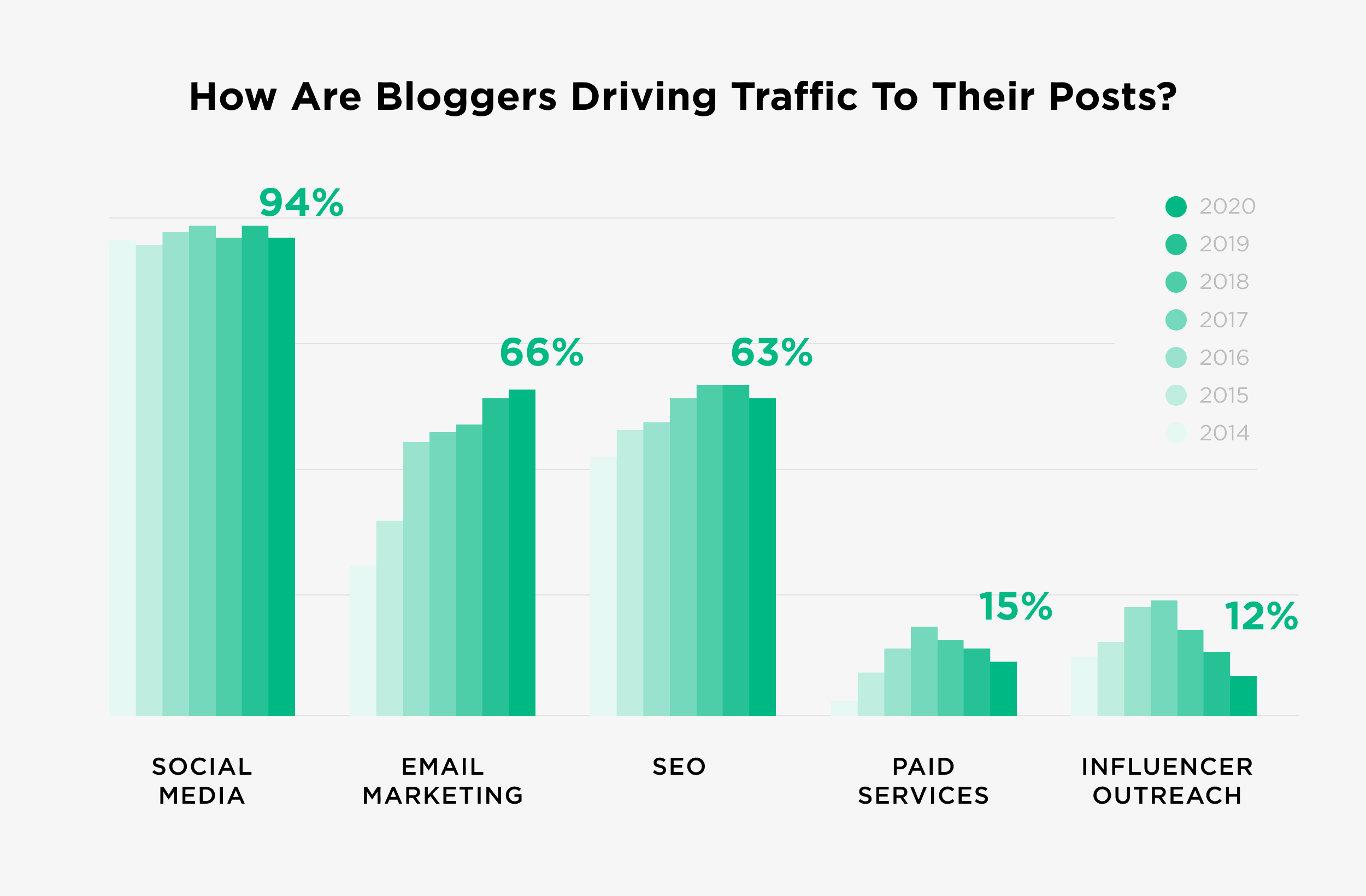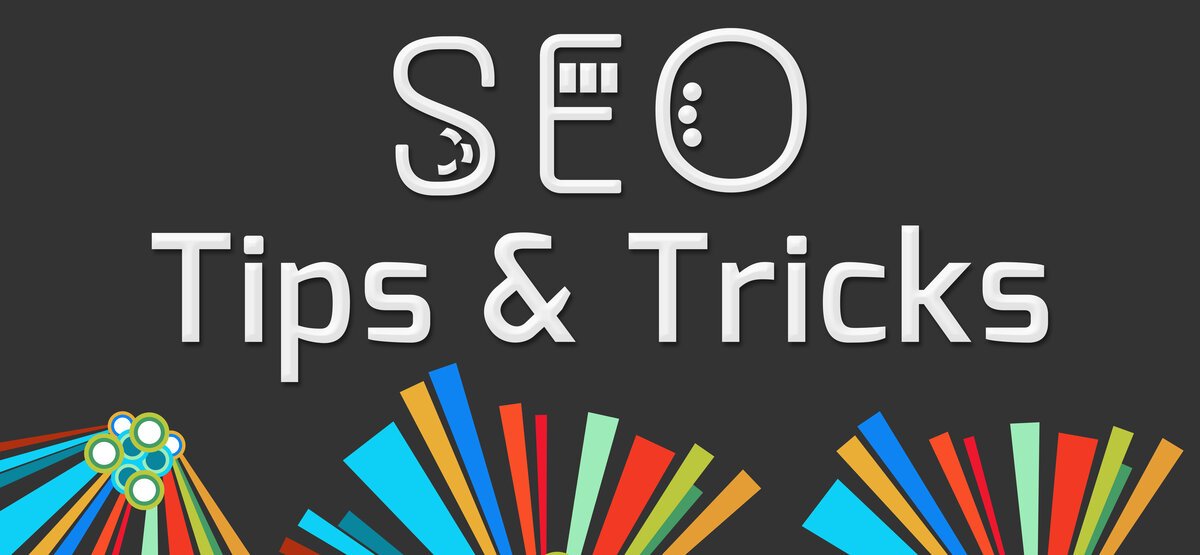
Google's default search results page includes news, images, shopping, knowledge graphs and more. If you're looking for a particular product or service, you'll likely see shopping results. Click on the images, videos and news options to view more. Or, you may choose to view more information from the menu. This article will discuss the advantages and disadvantages of each. However, if you are interested in a particular topic, you will want to look at the knowledge graphs and features.
Knowledge panels
One way to increase your online visibility is to include Knowledge panels in your search results. Knowledge panels take up a significant portion of the screen and are a popular way for qualified leads to be attracted. By adding this feature to your business listing, you'll ensure that your brand gets the visibility it deserves. These panels include engagement-driven business information like website location and social profiles. They also provide quick access to key information.

Featured snippets
Google's featured Snippets are a powerful way to improve your company's image without spending more advertising money. There is no magic formula to getting a featured shortcode, unlike with paid ads. You can achieve a position zero even if you're not the number one in your field. Google updates featured snippets all the time. It is hard to predict when they will appear in search results.
Ask the People feature
The 'People Also Ask' feature on Google search results pages (SERPs) is a great tool for increasing your online visibility. This feature allows you to see relevant questions and answers that match your query in different formats. Most of the questions shown in the People Also Ask box use the paragraph format. These results are not part of your organic ranking on page one. These results can appear in different places depending on your query.
Ten blue links
In the past, search engines would show 10 results for a particular query. Blue websites were listed. Google, however, has continued to display these links below the top ten results on its search result pages. A top Dallas SEO, Joe Youngblood, offers insight into the evolution of the blue links and what this means for your business. He discusses the importance of blue links and how to increase traffic.

Shopping results
Google's shopping results page has paid spots that highlight relevant information. These may include the price, seller, rating, or location tag. Some shopping results can link to product pages. Although these results can be helpful in a location-based search, it is not the only one you should see. It is important to know how to get your site listed on Google's Shopping Results Page. This Moz video shows you how.
FAQ
What are the top tools for on-page SEO?
Video embeds, image alt tag, structured data martup, internal link structure, and video embeds are the best tools for on page SEO. This article will provide more information about these issues.
Where should my site be located?
Your website should be located at the top of the search results. This means it should appear at the top of each search result. There may be hundreds of pages for some search terms. How does your website stack up against these other websites?
What is a PPC Ad?
Pay-per–click ads are text based advertisements that appear at top or bottom on a page.
These ads are extremely targeted. This means that advertisers only pay when someone clicks.
PPC advertising works very similarly to Pay Per Call advertising. This will be discussed later.
What are the differences between SEO strategies?
There are many types of SEO strategies, such as search engine optimization or social media optimization (SEO), or pay-per–click advertising (PPC).
With SEO, you optimize content for certain keywords using text formatting, HTML code, and other features.
This allows you to rank higher in search results.
Meanwhile, social media optimization (SMO) involves optimizing your website for social networks such as Twitter, Facebook, and Google+.
These are a great way to build your online brand and make visitors more likely visit your site when they search for similar topics.
PPC ads can also be found at the top of search results pages. They show relevant products, and services.
Google paid search is the most used PPC ad type. These ads are expensive but extremely effective.
PPC advertising can also be done in other ways, such as display ads, video ads and sponsored post.
Is link building still relevant to SEO?
Link building will always be essential. However, how you approach this today is quite different to how it was done 10 years ago. Businesses today face the greatest challenge in finding customers and selling. Search engine optimization helps with this.
Today, social media is essential for businesses. However, content marketing strategies and other tools are equally important. It seems that link building is not as effective as it once was because Google penalizes websites with too many links pointing back at them. This makes sense since if your links are to numerous other websites, you probably have nothing new on your site that is worth looking at.
All these factors mean that link building isn't nearly as valuable for ranking your website as it once was.
What does SEO mean for small businesses?
Today's biggest challenge for small businesses is competing with larger corporations that spend millions on advertising. Search Engine Optimization (SEO), allows small businesses to benefit from the same marketing power, without breaking the bank.
Statistics
- Deleting those 10k pages is one of the main reasons that he improved his site's organic traffic by nearly 90%: (backlinko.com)
- These guides are designed and coded 100% from scratch using WordPress. (backlinko.com)
- 64% of marketers actively create SEO campaigns because they help hit multiple key performance indicators (KPIs), including increasing traffic, helping your site rank for relevant keywords, improving your conversion rate, and much more. (semrush.com)
- And 90%+ of these backlinks cite a specific stat from my post: (backlinko.com)
- Which led to a 70.43% boost in search engine traffic compared to the old version of the post: (backlinko.com)
External Links
How To
How do you set up your first blog?
It's simple! WordPress is an excellent platform for creating a blog. It is easy to customize the appearance of a blog's appearance by changing the fonts and colors or customizing its layout. They can also add plugins which allow them to alter certain aspects of their site based upon visitor activity.
You can download many templates free of charge from WordPress.org. Premium templates cost money. Premium templates can include additional pages, plugins, or advanced security features.
After you have downloaded the template, you will need to sign up to a free hosting account to upload your files to your blog and manage it. While many hosting providers offer free accounts, there are often limitations on how much space you have, how many domains can you host, and how many email addresses you can send.
If you choose to use more then one domain name, each email address will be required. Some hosts charge a monthly subscription fee.
It's easy to wonder why someone would pay to host a blog online, especially if you're just starting out with blogging. Hosts offer unlimited storage space. This means that files can be saved indefinitely and won't be lost if they're accidentally deleted.
Many hosts allow users to host multiple domains. This means you can have multiple sites with the same hosting package. This allows you to sign up for only one email account and manage all your sites via one interface.
Some hosts include social media sharing buttons on their dashboards, allowing visitors to share posts across the internet quickly and easily.
You can usually manage your blog through the tools offered by hosting providers. You can view your site's performance stats, see how many visits each post has received, and compare your traffic against similar blogs.
These tools will make managing your blog much easier and more efficient. It's worth looking at before you decide on a hosting plan.
To sum up:
-
You can choose a topic related to your business.
-
Create engaging content;
-
Optimize your site using SEO techniques;
-
Promote your site using social media channels;
-
Keep an eye on your statistics to see if you can make any changes.
-
Last but not least, make sure to keep your blog updated.
The bottom line is to create great content, promote it effectively and measure its success.